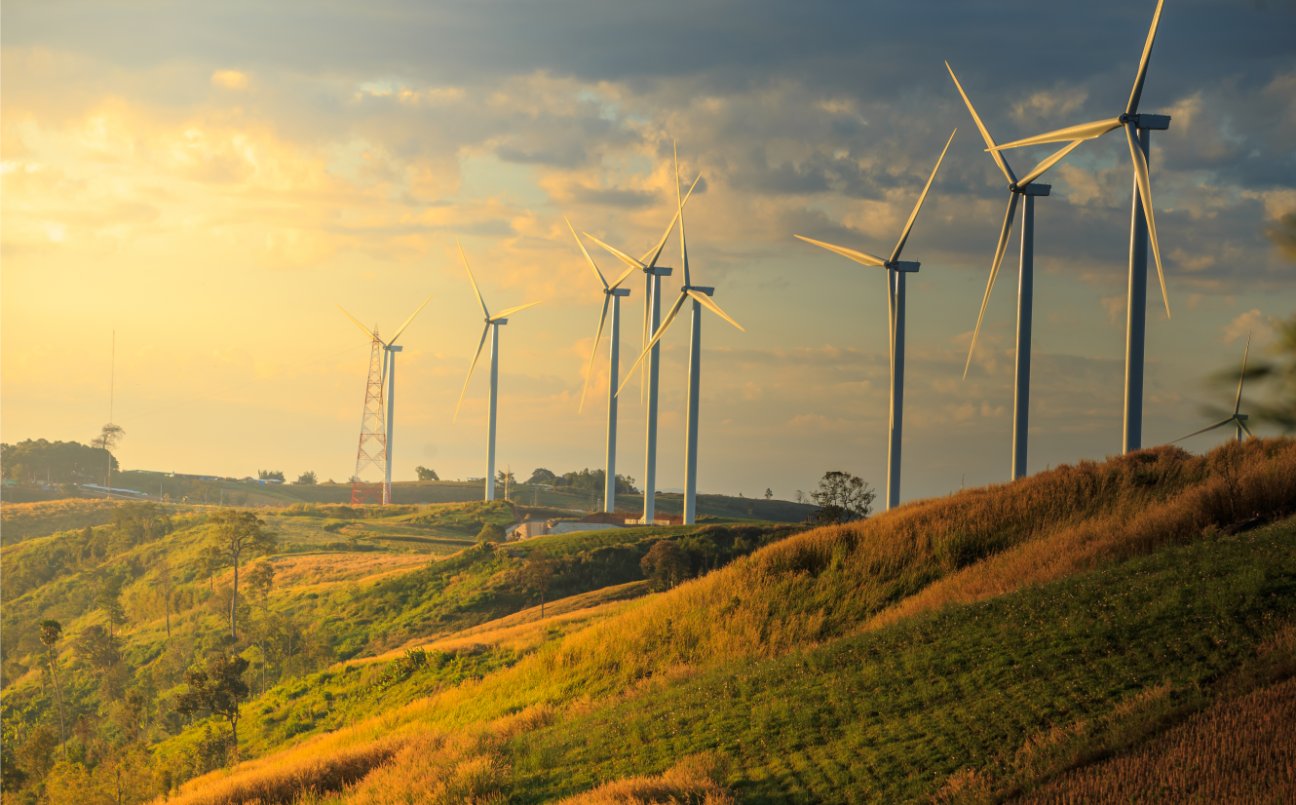Considered to be a sustainable source of energy, wind power may be a great alternative in the short run, but its long-term consequences are rather detrimental! Here’s how.
Reducing carbon emissions is an important target for many countries across the world. India, too, has joined the pack with an ambitious target to generate 175 Gigawatts of power by 2022 using renewable energy. With over 31 million homes without energy as of 2018, finding green means of producing energy becomes essential to meeting clean energy targets.
Wind power is one of the methods being touted to meet India’s green energy needs. There are a few good reasons behind this, too – wind turbines do not need extensive set-ups nor do they produce polluting materials. In fact, there are very few concerns about the impact of wind turbines on the environment. The U.S. Energy Information Administration cites their potential to destroy scenic views as one of the main concerns.
India’s Environmental Policy Concerning Wind Turbines:
There aren’t really any Environmental Impact Assessment (EIA) requirements or clearances required for setting up a wind turbine farm needed in India. The EIA guidelines for wind power state “EIA is not mandatory for a wind power project irrespective of the size of the wind farm, its installed capacity, number of turbines or the sensitivity of the project location”. It goes on to state that only MoEFCC guidelines need to be followed. MoEFCC guidelines recommend that wind farms not be set up closer than 300 metres from habitation. There are no noise guidelines either.
While turbines themselves may not be resource-intensive to put up, wind farms need land, roads and other infrastructure that can all have a negative impact on the environment.
It’s not a lot to go on…

Image Courtesy: Shutterstock
Wind Turbine Risks:
Wind turbines can pose several risks to wildlife and sensitive landscapes which have been proven time and again by a number of studies across the world and India.
Noise levels: Wind turbines can generate 85 decibels (dB) of noise which nearly twice that of ambient forest noise. The noise generated by these turbines in sensitive zones can drive animals away from the forest towards the fringes resulting in human-wildlife conflict.
Changes in ecology: The windmills in the Koyna Wildlife Sanctuary have driven away birds leaving rodents to breed prolifically without natural predators. Lizards too have less predatory pressure and have become the apex predators in parts of Koyna WLS and the Sahyadri Tiger Reserve.
Destruction and fragmentation of habitat: A wind power project in Maharashtra destroyed over 300,000 trees in order to construct a road in the eco-sensitive Western Ghats zone. It only had permission to cut 26,000. The dumping of rubble from rocks blasted from the mountainsides has led to the area becoming prone to landslides.
Local extinction of species: The case mentioned above also resulted in the giant Indian squirrel disappearing from the area. The great Indian bustard is threatened by wind farms and the lesser florican has disappeared from former strongholds in Madhya Pradesh.
Deaths: Windmills can also kill birds and bats through collisions. A 2018 study by Marques et al found that soaring birds (like raptors and storks) were particularly prone to deaths caused by windmills, while a BNHS study claims that effects of these deaths due to collisions on populations such long-lived and slow breeding birds were particularly detrimental.
These are just risks posed by wind farms on land. There is a whole other set of risks associated with off-shore wind farms.
What Can Be Done?
Although this article does paint a stark picture of wind farms and wind energy, they are one of the cleanest ways of generating electricity and there need not be a trade-off between green power and wildlife.
The MoEFCC needs to come up with clear and actionable guidelines on wind energy projects and their sites. These measures need to be in place whether projects involve forest land or not. A panel of wildlife experts constituting the Forest Advisory Committee (FAC) have come up with some suggestions as to what they should involve.
While the fact that there is a need for such guidelines has been accepted is a step in the right direction – how they are implemented will make all the difference.
Sources:
Marques, A.T., Santos, C.D., Hanssen, F., Muñoz, A.R., Onrubia, A., Wikelski, M., Moreira, F., Palmeirim, J.M. and Silva, J.P., 2019, Wind turbines cause functional habitat loss for migratory soaring birds, Journal of Animal Ecology
Gawande, A. and Chaudhry, P., 2019. Environmental and social impacts of wind energy: a view point with reference to India, Ecological Questions, 30(2), pp.1-15